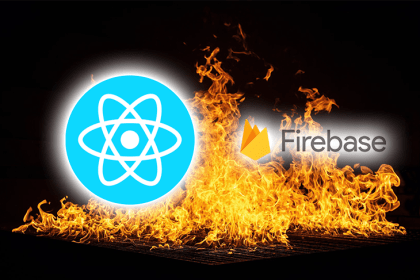
There are several tools to measure performance optimization in React, learn more about the React Profiler DevTool and the React Profiler API in this post.

Learn how to make a toast component with animations using React, Framer Motion, and Zustand, plus some custom Hooks for good measure.

Learn how to use Codemod to make refactoring code and React version upgrades painless and enjoy cutting-edge updates without compromises

This tutorial shows you how to create a simple Google Keep clone using Firebase and React that allows users to write a title for their notes and input text in the body.

Create React App 4.0.0 is a major release and it comes with some awesome features. Learn more about the new features and notable changes.

Learn what you need to know (and what you need to look out for) when getting started with radioactive state.

Here’s a quick reference guide where you can learn about best practices and generic TypeScript types in React.

Check out this tutorial to build a movie app with React that lets users search and find information on their favorite movies.
The react-avatar library provides an intuitive way to build an avatar-creation feature into your React application.

In this post, we will look at functional components using React Hooks and why you should use them over class components.

Learn how to apply code-splitting and lazy loading to React components with React.lazy() and React.Suspense.

Review some of the most common pitfalls of local state management in React, along with the patterns to help avoid them.